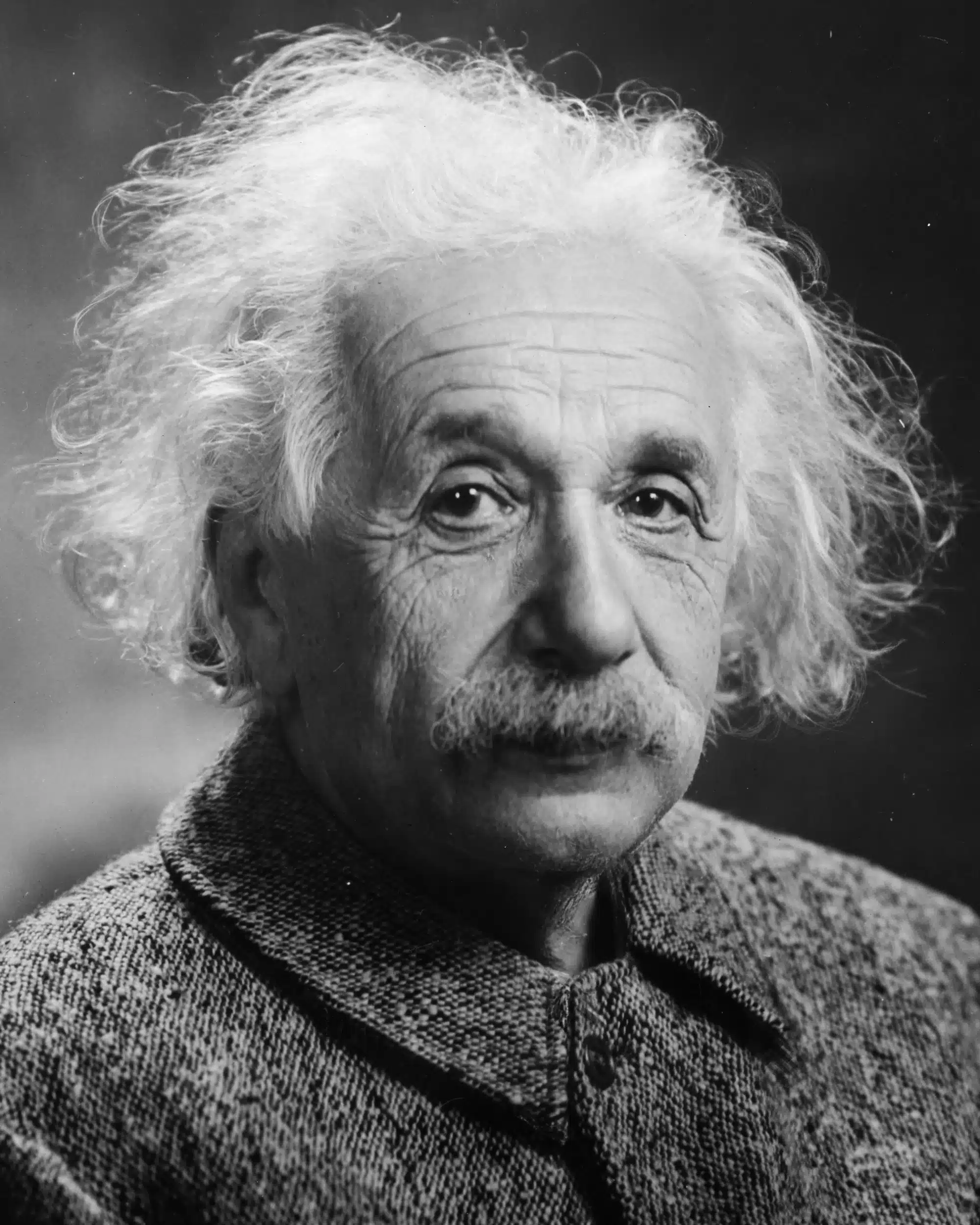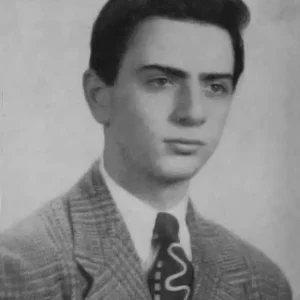Albert Einstein, born on March 14, 1879, in Ulm, Germany, is one of the most iconic and influential figures in the history of science. Known for his groundbreaking theories of relativity and contributions to the understanding of the photoelectric effect, Einstein’s work revolutionized physics and fundamentally altered our understanding of the universe. This article delves into the life, achievements, and legacy of Albert Einstein, the genius who changed physics forever.
Early Life and Education
Birth and Family
Albert Einstein was born into a secular Jewish family in the southern German city of Ulm. His father, Hermann Einstein, was a salesman and engineer, and his mother, Pauline Koch, was a talented musician. The family moved to Munich when Albert was an infant, where his father and uncle founded a company that manufactured electrical equipment.
Early Education and Intellectual Curiosity
From a young age, Einstein displayed a deep curiosity and fascination with the natural world. His early education took place at the Luitpold Gymnasium in Munich, where he excelled in mathematics and science but struggled with the rigid and authoritarian teaching methods. At the age of 12, he discovered a book on Euclidean geometry, which sparked his lifelong passion for mathematics.
The Move to Switzerland
In 1894, the Einstein family moved to Italy due to the economic struggles of Hermann’s business. Albert stayed behind to finish his education but soon followed his family to Italy. In 1895, he moved to Switzerland to attend the Aargau Cantonal School in Aarau, where he found a more supportive and progressive educational environment. He graduated in 1896 and enrolled at the Swiss Federal Polytechnic in Zurich, where he studied physics and mathematics.
Academic and Early Career
Struggles and Persistence
Einstein’s early academic career was not without challenges. After graduating from the Polytechnic in 1900, he struggled to find a teaching position and worked various temporary jobs. In 1902, he secured a position as a patent examiner at the Swiss Patent Office in Bern. This job provided him with financial stability and the freedom to pursue his scientific interests in his spare time.
Annus Mirabilis (1905)
The year 1905, known as Einstein’s “Annus Mirabilis” or “Miracle Year,” marked a turning point in his career. During this year, Einstein published four groundbreaking papers in the journal “Annalen der Physik,” each of which made significant contributions to the field of physics:
1. Photoelectric Effect: In this paper, Einstein explained the photoelectric effect by proposing that light is composed of discrete packets of energy called quanta (later known as photons). This work provided crucial evidence for the quantum theory and earned him the Nobel Prize in Physics in 1921.
2. Brownian Motion: Einstein’s analysis of Brownian motion, the random movement of particles suspended in a fluid, provided empirical evidence for the existence of atoms and molecules, further solidifying the atomic theory of matter.
3. Special Theory of Relativity: Einstein’s special theory of relativity introduced the concept that the laws of physics are the same for all observers in uniform motion and that the speed of light is constant regardless of the observer’s frame of reference. This theory led to the famous equation \(E = mc^2\), which describes the equivalence of mass and energy.
4. Mass-Energy Equivalence: Expanding on his theory of relativity, Einstein demonstrated that mass and energy are interchangeable, fundamentally altering our understanding of the relationship between matter and energy.
Academic Career and General Relativity
Teaching Positions and Recognition
Following his Annus Mirabilis, Einstein’s academic reputation soared. In 1908, he secured a position as a lecturer at the University of Bern, followed by professorships at the University of Zurich, Charles University in Prague, and the Swiss Federal Polytechnic. In 1914, he accepted a prestigious position at the Prussian Academy of Sciences in Berlin, where he continued his research and became a prominent figure in the scientific community.
General Theory of Relativity (1915)
In 1915, Einstein presented his general theory of relativity, a monumental achievement that extended his special theory of relativity to include the effects of gravity. The general theory of relativity posits that gravity is not a force between masses but rather the curvature of spacetime caused by the presence of mass and energy. This theory predicted the bending of light by gravity, a phenomenon later confirmed during a solar eclipse in 1919, catapulting Einstein to global fame.
Later Life and Contributions
Move to the United States
As the political climate in Germany deteriorated with the rise of the Nazi regime, Einstein, a vocal advocate for pacifism and social justice, faced increasing danger. In 1933, he emigrated to the United States and accepted a position at the Institute for Advanced Study in Princeton, New Jersey. He became an American citizen in 1940 and continued his research and advocacy work.
Quantum Mechanics and Unified Field Theory
Throughout his later years, Einstein remained engaged with developments in physics, particularly the emerging field of quantum mechanics. Despite his contributions to quantum theory, he was critical of its probabilistic nature, famously stating, “God does not play dice with the universe.” He devoted significant effort to developing a unified field theory that would reconcile general relativity and quantum mechanics, though he was ultimately unsuccessful in this quest.
Social and Political Activism
Einstein was not only a brilliant scientist but also a dedicated humanitarian and social activist. He spoke out against fascism, racism, and nuclear proliferation. He was a passionate advocate for civil rights and collaborated with prominent African American leaders such as W.E.B. Du Bois and Paul Robeson. His involvement in the Manhattan Project, which led to the development of the atomic bomb, was marked by deep ambivalence, and he later became a vocal proponent of nuclear disarmament.
Legacy and Impact
Scientific Contributions
Albert Einstein’s contributions to science are vast and transformative. His theories of relativity and groundbreaking work on the photoelectric effect have had a profound and lasting impact on the fields of physics and cosmology. His ideas have shaped our understanding of the universe, influencing everything from the development of nuclear energy to the exploration of space.
Cultural Icon
Einstein’s influence extends beyond the realm of science. His distinctive appearance, marked by his unruly hair and gentle demeanor, has made him an enduring cultural icon. His name has become synonymous with genius, and his life and work continue to inspire new generations of scientists, thinkers, and innovators.
Honors and Recognition
Throughout his life and posthumously, Einstein received numerous honors and accolades. In addition to the Nobel Prize in Physics, he was awarded the Copley Medal by the Royal Society, the Franklin Medal, and the Gold Medal of the Royal Astronomical Society, among others. Numerous institutions, awards, and scientific principles bear his name, ensuring that his legacy endures.
Conclusion
Albert Einstein’s life and work represent the pinnacle of scientific achievement and intellectual curiosity. His revolutionary theories transformed our understanding of the physical world and opened new frontiers in science and technology. As the genius who changed physics, Einstein’s legacy continues to inspire and challenge us to explore the mysteries of the universe with curiosity, creativity, and an unwavering commitment to the pursuit of knowledge.

